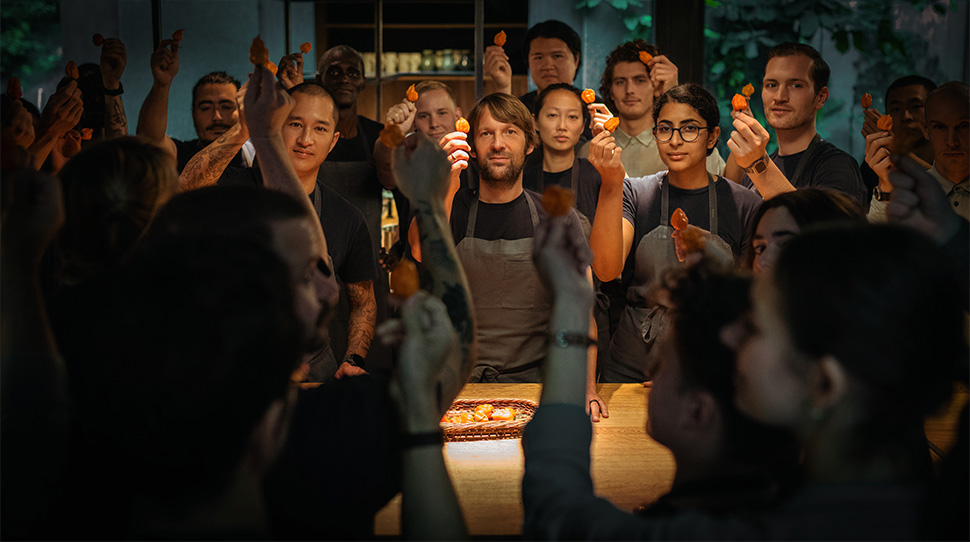

When the pandemic struck, René Redzepi was forced to temporarily close his Copenhagen-based restaurant, Noma, arguably the most famous fine-dining establishment in the world. But instead of taking a break, Redzepi used the time to cook up a new project that became Omnivore, an Apple TV+ show premiering July 19.
Narrated by Redzepi (who also makes some appearances), the docuseries explores how food shapes and connects the world. Each episode revolves around a single ingredient, like salt, rice or banana. The show examines the dedicated farmers, fishermen and other producers behind the ingredient; the people who consume it; and the food’s impact on society, whether cultural, political or ecological.
To tell these stories, Omnivore crisscrossed the globe, bringing you to the places the ingredients originate from and showcasing each destination’s natural beauty. The food docuseries can easily be mistaken for a travel show, with wanderlust-sparking panoramas of the terraced salt flats of Peru; the palm-tree-laden landscapes of India; and houses shrouded in bright red curtains of paprika peppers in Serbia.
Redzepi spoke to us from Noma about the new series and shared his ambitious plans once the restaurant permanently closes next year.
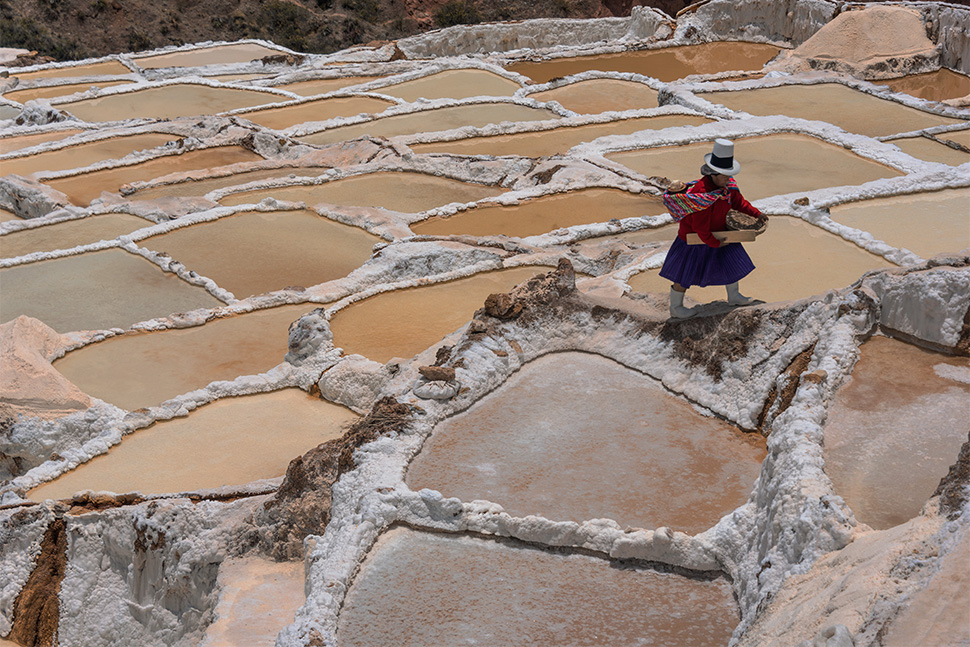
Why did you create Omnivore?
The series is more than 10 years in the making. First, there was an idea to see if we could have a food show that was a bit like Planet Earth, something that had a bigger scope and put value towards the food and its culture a little more, a little deeper. We had talked about it within our team. I talked to [food journalist and Omnivore co-creator] Matt Goulding about it.
Then suddenly during COVID, we had extra time. We just decided, “Now is the moment.” And that was a silver lining of COVID for us, no doubt, that this show came to be. We would probably never have had time to do it, being absorbed in the day-to-day.
The reason for wanting it is because we think food deserves a better platform.
How did you choose the ingredients that you featured?
That was actually quite hard. There’s a lot of people involved here. It was me and Matt, Apple and the production company all coming together. We could have chosen only to have big, vast food staples like rice, corn and grain. But we chose a diverse range of ingredients to have different stories to tell so that some of them would be obvious, like corn, for instance. People expect that to be an ingredient that really shaped and changed the world.
But I think people perhaps are surprised to see chile there because it’s not an ingredient that has caloric value. We have it around the world because we love it. That became a love story. We chose these different themes to have a series that is inspiring, enticing and doesn’t just tell similar stories with new ingredients each time.
We’ve probably spent a good year figuring out the ingredients. There was so much research done, and I’m really happy with what we ended up choosing. We have more ingredients on our list.
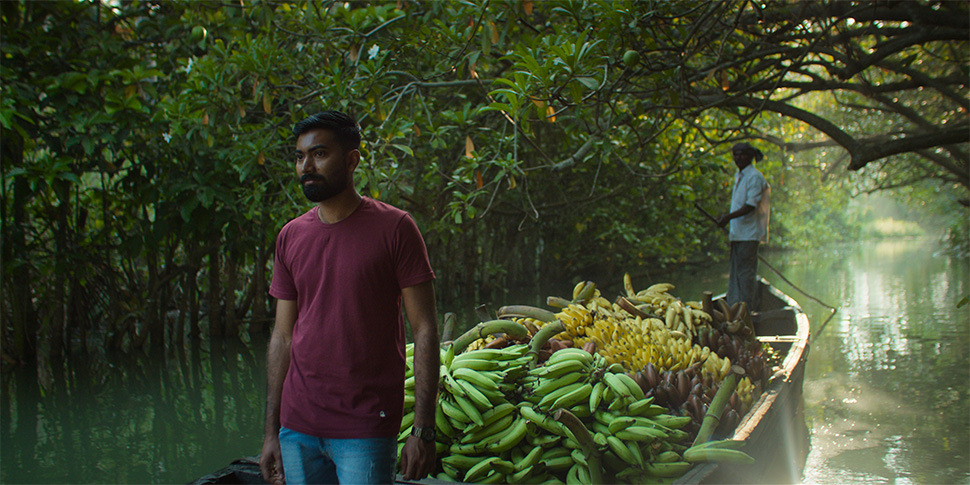
What’s an ingredient that might make it onto season 2?
The first that comes to mind is vanilla. There’s just a very interesting and very peculiar story around vanilla that the world doesn’t know that I think would be really incredible.
Several episodes explored the danger of losing a particular ingredient. Are you hoping that this galvanizes people to take action or be more mindful of their choices?
Absolutely, but we’re not wanting to raise a finger with the show. We just want to inform people in an entertaining, beautiful way that we are right now shaping our world through our choices, how we grow our food and how we eat our food. Some of it we love so much that we’re almost eating it to extinction. We tell those stories gently.
I would feel happy if some people instead of shopping at the supermarket, if they can afford to, go to the farmers market. It is a very easy way to be part of a change the next time they go shopping.
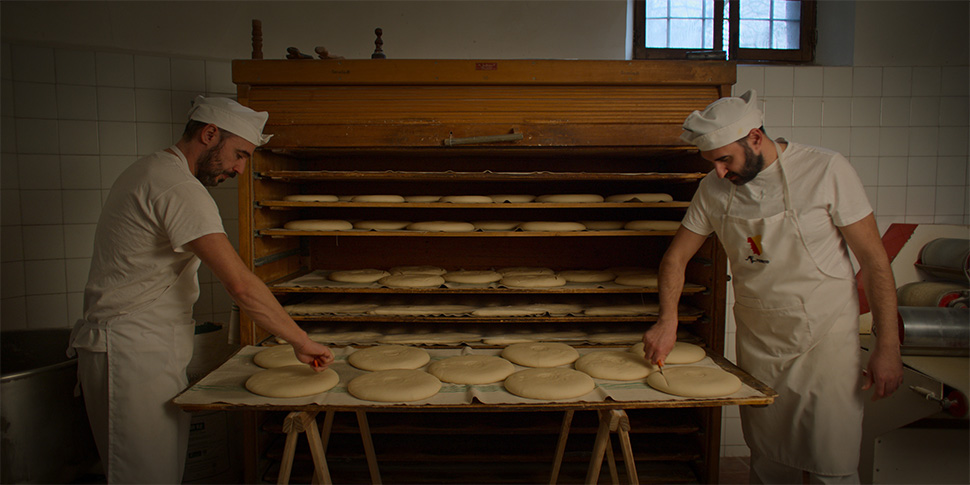
Is there an episode that you’re particularly proud of?
It’s funny because people ask me this on the menu always: What dish do you like the best? I’ve said the same thing for 21 years: There is not that one dish on the menu. I feel the same with this, but there are some characters that I’ve fallen in love with.
On “Corn,” when we go to the community in Yucatan — just beautiful, beautiful people. [In “Pig,” a Spain-set episode focusing on Iberian pork,] I fell in love with Antón the pig. Those things, I will never forget. They will always be a part of me.
We were supposed to go all sorts of places around the world for “Coffee,” but then there was a semi-budding civil war in Ethiopia, so we ended up in Rwanda. I got to rekindle a relationship with Arthur [Karuletwa, a coffee sustainability and traceability expert]. I fell in love with him again and all the work he’s been doing for a whole nation. Suddenly, specialty coffee can be the engine behind a country’s financial revival. That’s something.
There are so many small stories — an old gentleman decides his life’s [purpose] is to preserve bananas. It’s just mind-blowing, people that do this work because they deeply believe in it, and I think that’s food people for me. Most of the people that I work with here through the restaurant, they’re similar.
Of course, they grow up in different parts of the world and have different opportunities, but they think very much the same. It’s the quality, the earth, the seasons, the connection and so on. It’s something profound to see people dedicate themselves to something like bananas with no real wealth in sight other than the preservation of Earth.
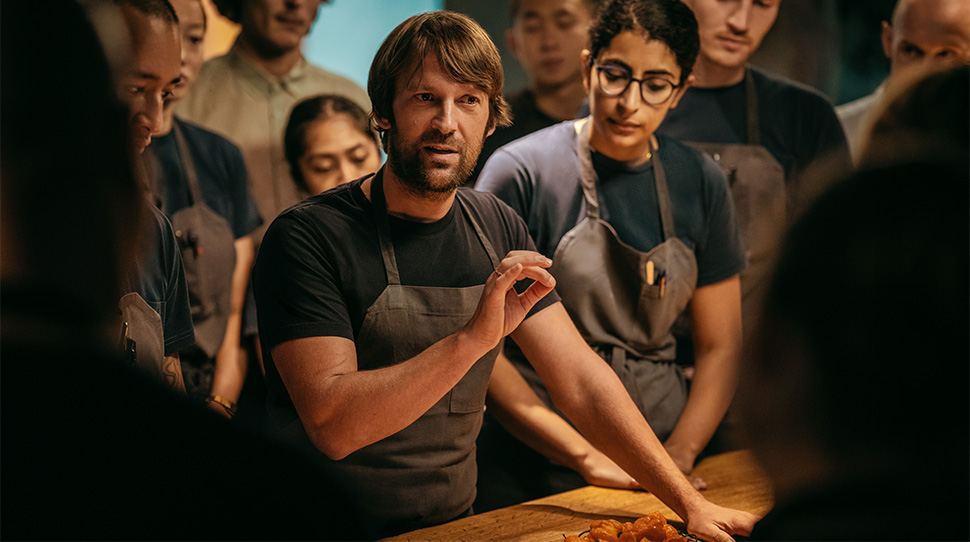
Did you learn anything surprising while making the series?
I’ve learned so many surprising things. For instance, I’ve always heard the term “the Banana Republic,” but I never understood what lay behind it. Just how one person wants to export Costa Rica‘s natural bounty, and that ends up becoming the United Fruit Company that ends up changing most of Latin America.
It is pretty wild, and of course, you know that there’s stories behind it and you have read something, but when you dive deep, it’s mind-blowing. And there’s many stories like that, but also positive ones. I thought, for instance, tuna was a lost cause, but if we put our minds to it, we can change things around.
Aside from telling the stories of all the people, Omnivore also showcased the beauty of various destinations. What was it like to travel to some of these places?
Most of it was shot during COVID, and it was very complicated to travel, but the places I went to were mind-blowing.
It’s funny because we went to Southern Spain. I’ve been to Spain a lot of times, but then to go into the ocean and see the tuna harvest, almadraba, that was unbelievable, and I’ve even done that in Mexico before. But to see this ancient trap system, that was really something else.
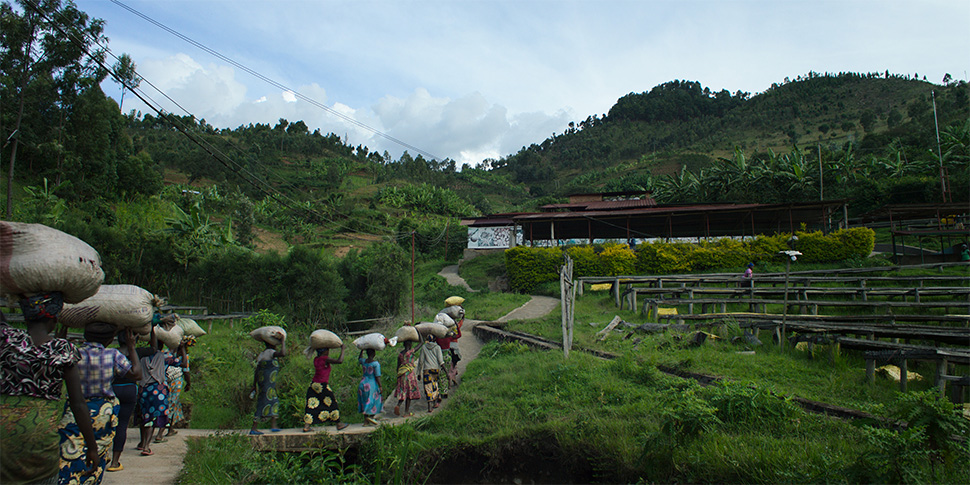
In the “Chile” episode, you tried and served in Noma the bhut orange Copenhagen pepper — the ghost pepper variation falls under the “super hots” category of the world’s spiciest foods. What did it taste like?
It tastes like hell, like if you swallowed hot coals. It was numbingly hot.
It’s funny because everyone eats it and turns momentarily insane, freaking out and doing weird faces. You lose control of yourself. It was so hot, but it was also so much fun. And afterward, you get that rush. But that wasn’t even the worst. The worst bit was the two or three hours at night in excruciating pain.
You have a second Kyoto pop-up coming in the fall and you announced that Noma will close in 2025. What else does the future hold for you?
We have one more pop-up coming after Kyoto [editor’s note: the destination is still under wraps], and then of course, our mission is to build Noma 3.0 to shift from being a restaurant organization to a place in which we use our team, our network, our 21 years of expertise on participating in food beyond serving guests every night. Creating projects, products and collaborations that push food forward for the better. In the future, restaurant work for us will be sporadic. Even in Copenhagen, when we do open up as a restaurant, it’s because we need to test our ideas, and that big shift is difficult because it hasn’t been done before. But I truly believe that it will give us so much more innovation and have us pushing more to create an organization where people can thrive.
And that’s the ultimate goal, to create a world-leading food institution where people are thriving and we are creating flavors and positive change within the food realm and food culture.
